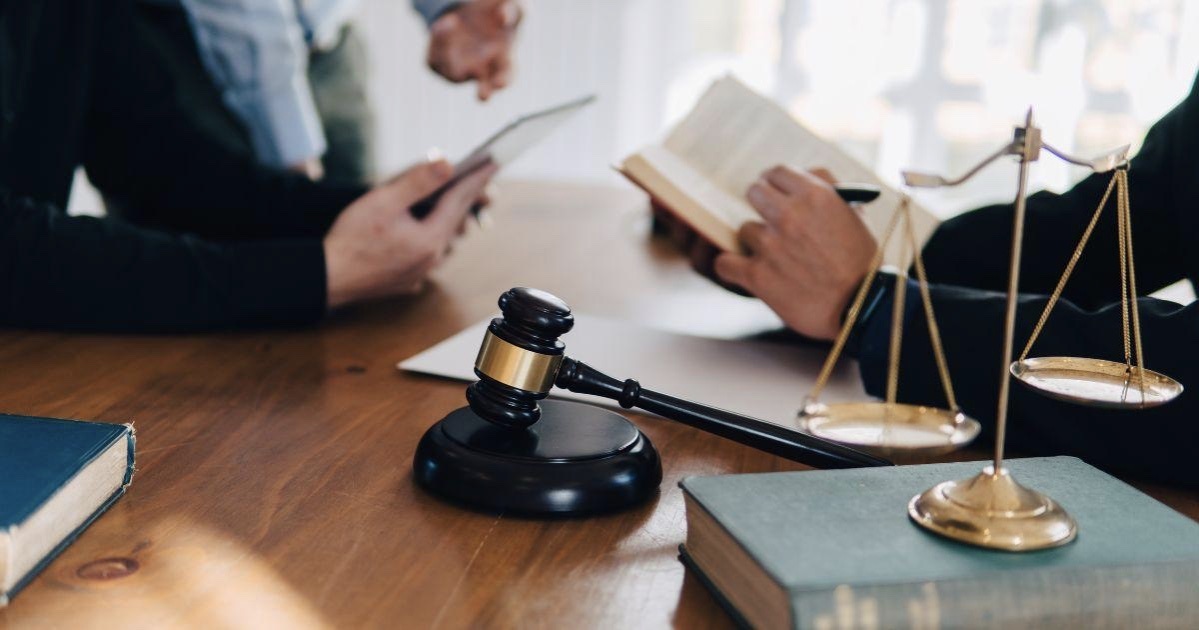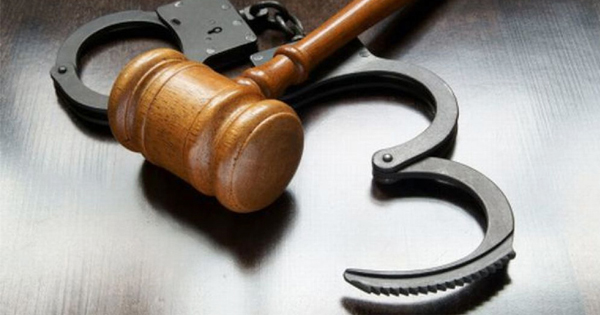A crash on Queens Boulevard or the LIE can turn a normal day upside down. Beyond the tow trucks and ER visits, there’s a maze of New York insurance rules, deadlines, and forms, each with real consequences for health and finances. This guide walks through the core legal steps after a car accident in Queens, how to build a strong claim, what compensation may be available, and why experienced Queens Car Accident Lawyers often change outcomes. Find out more about the timelines and tactics that help protect a case from day one.
Car accident claim procedures under New York statutes
New York is a No‑Fault state, which means most injured drivers and passengers first turn to their own Personal Injury Protection (PIP) benefits for medical bills and some lost wages, regardless of who caused the crash. But stepping outside No‑Fault to pursue pain and suffering requires meeting New York’s “serious injury” threshold. Understanding the sequence matters.
Key procedures and timelines under New York law:
- Immediate safety and reporting
- Call 911 and accept medical evaluation. Delayed treatment can hurt both health and claim credibility.
- Exchange information and wait for police if anyone is injured or there’s significant damage. Obtain the collision report number.
- DMV reporting: File Form MV‑104 within 10 days if anyone was injured or property damage appears to exceed $1,000 (a common threshold). Failure to file can lead to license issues.
- No‑Fault (PIP) benefits
- File the No‑Fault application (NF‑2) with the appropriate insurer within 30 days of the crash. Late filings are a frequent reason benefits get denied.
- Basic PIP typically covers up to $50,000 per person for reasonable medical expenses, plus 80% of lost wages up to statutory caps, and some incidental expenses.
- The “serious injury” threshold (Insurance Law § 5102)
- To seek non‑economic damages (pain and suffering) from a negligent driver, the injury must qualify as “serious,” such as: significant disfigurement, fracture, loss of a fetus, permanent loss or significant limitation of a body function or system, or a 90/180‑day impairment.
- Documentation from treating physicians is crucial to establish the threshold, more on evidence below.
- Statutes of limitations and municipal claims
- In general, New York allows three years from the accident to file a negligence lawsuit for bodily injury (CPLR § 214). Wrongful death claims are typically two years.
- If a city, the MTA, or another public entity is involved, a Notice of Claim is usually due within 90 days, followed by a shorter window to sue (often 1 year and 90 days for personal injury). A 50‑h hearing may be required before suit.
- Uninsured/underinsured scenarios
- For hit‑and‑runs or uninsured drivers, claims may proceed through MVAIC or UM/SUM coverage. Deadlines can be tight, MVAIC claims often require notice within 90 days, and UM/SUM policies require prompt notice and cooperation.
- Comparative negligence
- New York’s pure comparative negligence rule (CPLR § 1411) reduces recovery by the claimant’s share of fault but does not bar it. Even if a driver is partially at fault, compensation is still possible.
A practical sequence for Queens collisions is straightforward: get medical care, secure the police report, file a No-Fault claim within 30 days, preserve evidence, and consult legal counsel early to navigate threshold and municipal issues. For readers comparing Queens Car Accident Lawyers, these are the fundamental steps that help prevent avoidable claim complications.
Evidence collection crucial for strengthening legal cases
Proving liability and damages in Queens hinges on targeted, timely evidence. Some proof disappears within days, sometimes hours, so early action is everything.
What to gather and how to get it:
- Scene and vehicle evidence
- Photos and video of vehicle positions, skid marks, glass, airbag deployment, and street signage or signals.
- Dash‑cam footage and event data recorder (EDR) downloads. A preservation letter can prevent spoliation of a defendant’s vehicle data.
- Damage appraisals and repair estimates linking impact geometry to injury claims.
- Official records
- Police Collision Report (MV‑104A) and any supplemental diagrams. Note the precinct and report number for follow‑ups.
- FOIL requests for nearby traffic or intersection camera footage in NYC: retention can be short (sometimes 7–30 days). For MTA buses or municipal vehicles, request internal incident reports and onboard video.
- Witnesses and nearby businesses
- Names, phone numbers, and quick contemporaneous notes. A short, neutral statement from an unbiased witness often carries outsized weight.
- Canvass storefronts for security footage. Ask politely about retention periods: act fast before automatic overwrites.
- Medical proof
- ER and urgent‑care records, imaging (X‑rays, MRIs), specialist assessments, and consistent follow‑up notes.
- A treatment timeline that aligns with reported symptoms supports the serious‑injury threshold under Insurance Law § 5102(d).
- Economic loss documentation
- Pay stubs, employer wage/verification letters, disability notes, and tax returns to substantiate lost earnings.
- Receipts for out‑of‑pocket costs: prescriptions, medical equipment, rides to appointments, home help.
Experienced counsel typically sends preservation letters within days, orders certified medical records, and coordinates experts (accident reconstructionists, biomechanical experts, or life‑care planners) when the claim calls for it. In contested Queens intersections, think Queens Boulevard or Northern Boulevard, an early reconstruction can neutralize “he‑said/she‑said” disputes before they harden.
Compensation categories available to injured victims
Compensation after a Queens car accident comes from a mix of No‑Fault benefits and, if the serious‑injury threshold is met, liability claims against the at‑fault party. Understanding each bucket helps set realistic expectations.
- No‑Fault (PIP) benefits
- Medical expenses: Necessary and reasonable treatment up to the PIP limit (often $50,000), plus transportation to medical visits.
- Lost wages: Typically 80% of earnings up to statutory caps (commonly up to $2,000/month) for up to three years, subject to policy limits.
- Incidental expenses: A small daily allowance (often $25/day) for up to one year for items like household help.
- Optional add‑ons: APIP/OBEL can extend benefits (e.g., an extra $25,000) if purchased before the crash.
- Liability claim (if serious injury is proven)
- Non‑economic damages: Pain and suffering, loss of enjoyment of life, and the human impacts that don’t show on a ledger.
- Economic damages beyond PIP: Future medical care, full wage loss, reduced earning capacity, and other out‑of‑pocket costs not covered by PIP.
- Property damage: Vehicle repair or total loss. Diminished value may be recoverable in some cases where supported by expert proof.
- Loss of consortium: Spousal claims for the loss of household services and companionship.
- Punitive damages: Rare, but possible for egregious conduct like intoxicated or reckless driving.
- Uninsured/Underinsured Motorist (UM/SUM)
- If the at‑fault driver has no insurance or too little, UM/SUM coverage can step in up to the policy’s limits. Timely notice to the carrier and consent‑to‑settle procedures are critical to preserve rights.
The mix of benefits varies case by case. Someone with a fracture from a rear‑end crash on the Grand Central Parkway, for example, may satisfy the threshold early and pursue both economic and non‑economic damages while using PIP to keep treatment moving without delay.
Legal representation as a safeguard in contested claims
Insurers routinely dispute liability at busy Queens intersections and challenge injuries that lack robust documentation. A seasoned attorney functions as a safeguard, equal parts strategist and shield.
How legal counsel protects the claim:
- Controls communications: Handles adjuster calls and recorded statements to avoid unhelpful soundbites.
- Secures and preserves evidence: Sends spoliation letters for camera footage and EDR data: moves quickly on FOIL requests.
- Navigates No‑Fault and IMEs: Coordinates treatment, responds to benefit denials, and prepares clients for insurer medical exams.
- Builds the threshold case: Works with treating doctors to document objective findings that satisfy Insurance Law § 5102(d).
- Negotiates and litigates: From early settlement talks and mediation to depositions, motions, and trial, calibrating strategy to venue norms in Queens County Supreme Court.
- Resolves liens: Addresses health insurance, Medicare/Medicaid, and workers’ comp liens to prevent settlement surprises.
When claims are contested, low‑property‑damage collisions, conflicting witness accounts, or delayed care, experienced Queens Car Accident Lawyers anticipate the defense playbook and counter it with credible facts and vetted experts.











